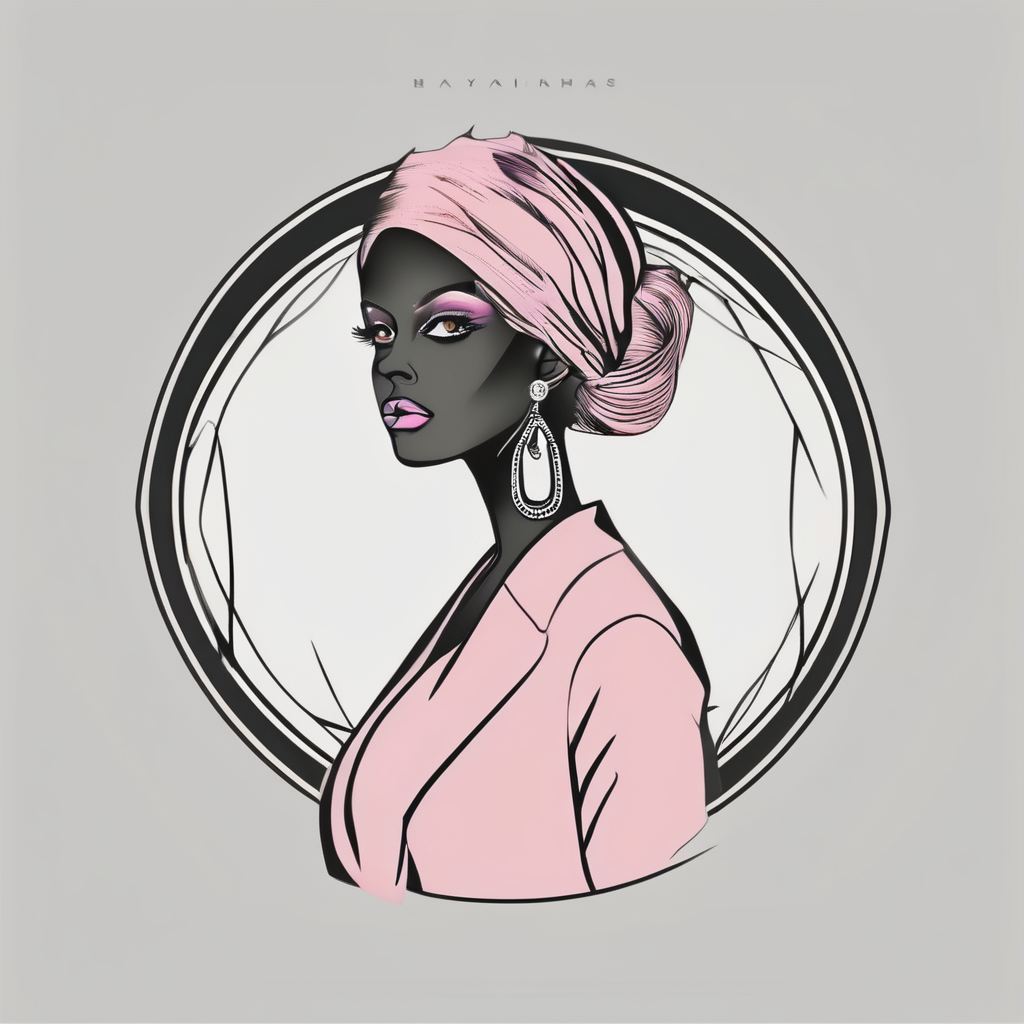Mastering minimalism transforms your wardrobe into a streamlined collection of timeless pieces. No more cluttered closets or decision fatigue—just chic, effortless style. By focusing on quality over quantity, you’ll cultivate a look that is both sophisticated and sustainable. This guide will equip you with practical tips to curate a versatile wardrobe, allowing you to express your individuality while embracing simplicity. Let’s elevate your style and simplify your life, one clothing choice at a time.
Understanding Minimalism in Fashion
Minimalism in fashion revolves around the idea of fashion simplification. It encourages a chic wardrobe by focusing on quality over quantity. The core principles of minimalism involve reducing excess, embracing simplicity, and choosing timeless pieces that offer versatility.
Additional reading : Mastering the Art of Customizing an Oversized Blazer While Preserving Its Unique Appeal
Adopting a minimalist wardrobe comes with numerous benefits. Firstly, it simplifies daily outfit choices, saving time and reducing decision fatigue. Secondly, it promotes sustainability by encouraging the purchase of fewer, but higher-quality items that last longer. This approach not only benefits the environment but also your personal style, as it fosters a coherent and adaptable wardrobe.
A common misconception about minimalist fashion is that it lacks creativity or variety. However, minimalism doesn’t mean boring or repetitive. Instead, it challenges individuals to express their style through thoughtful selection and creative combinations of their clothing. By focusing on a few well-chosen pieces, you can achieve a sophisticated and unique look that is both practical and stylish.
Additional reading : Mastering the Art of Trench Coat Styling: Your Guide to Effortless Transition from Casual to Formal Looks
Minimalism in fashion is not about deprivation but about curation. It’s about intentionally selecting pieces that resonate with your personal style and lifestyle. This practice leads to a more meaningful and satisfying relationship with your wardrobe, allowing for self-expression while maintaining a sense of order and simplicity.
Curating a Versatile Wardrobe
In the realm of minimalist fashion, a capsule wardrobe stands as a cornerstone. It consists of carefully selected, versatile clothing that can be mixed and matched effortlessly. The goal is to create a collection that reflects personal style while maintaining functionality and simplicity.
Identifying Essential Wardrobe Staples
Begin by identifying essential pieces that form the foundation of your wardrobe. Think classic items like a crisp white shirt, a well-fitted pair of jeans, or a tailored blazer. These staples are timeless and can be dressed up or down for various occasions.
Selecting Versatile Pieces
When selecting versatile clothing, consider items that can seamlessly transition between different settings. A little black dress, for example, can be paired with sneakers for a casual day out or with heels for an evening event. Choose neutral colours and simple patterns to ensure maximum compatibility.
Creating a Capsule Wardrobe
To craft a capsule wardrobe, focus on quality over quantity. Opt for durable materials and well-constructed garments. This not only extends the lifespan of your clothing but also enhances your personal style. Regularly assess your wardrobe, removing items that no longer serve your needs and replacing them with pieces that align with your evolving tastes.
Organizing Your Wardrobe Efficiently
Achieving an efficiently organized wardrobe begins with decluttering. Start by assessing each item of clothing. Ask yourself: “Does this piece align with my personal style and lifestyle?” If not, it may be time to let it go. This process helps streamline your collection, making it easier to maintain a minimalist wardrobe.
Once decluttered, focus on wardrobe organization. Categorize your clothing by type, such as tops, bottoms, and outerwear. Within these categories, arrange items by colour or frequency of use. This method not only enhances visibility but also simplifies outfit selection.
Consider efficient storage solutions to maximise space. For example, use slim, non-slip hangers to save room and prevent clothes from slipping. Drawer dividers can help keep smaller items like socks and accessories neatly arranged. Additionally, make use of vertical space by installing shelves or hooks for bags and scarves.
Creative storage ideas can also make a significant difference. Vacuum-sealed bags are excellent for storing seasonal clothing, freeing up space for current favourites. A well-organized wardrobe not only looks appealing but also supports a minimalist lifestyle by ensuring each piece is easily accessible and thoughtfully arranged.
Outfit Coordination Strategies
Creating stylish outfits from a limited wardrobe can be both a challenge and an opportunity for creativity. Here are some styling tips to help you make the most of your minimalist collection.
Firstly, embrace fashion combinations by mixing and matching pieces to create new looks. Start with a base outfit, such as a neutral top and bottoms, then layer with different textures or add a pop of colour through accessories. This approach allows you to maximise the versatility of your wardrobe staples.
Accessories play a crucial role in enhancing minimalist outfits. They can transform a simple ensemble into something unique and expressive. Consider adding a statement necklace, a colourful scarf, or a bold belt to elevate your look. These small additions can make a significant difference without overwhelming your style.
Daily outfit planning is a practical strategy to reduce decision fatigue. Spend a few minutes each evening selecting your outfit for the next day. This not only saves time but also ensures you feel confident in your choice. By planning ahead, you can experiment with different outfit coordination techniques, ensuring each day brings a fresh and stylish perspective to your wardrobe.
Sustainable Fashion Practices
Incorporating sustainable fashion into a minimalist wardrobe is not just a trend, but a necessity. The focus is on making eco-friendly choices that align with ethical values, ensuring that fashion does not come at the expense of the planet.
When selecting ethical clothing, consider brands that prioritize fair trade and use sustainable materials. Look for certifications like GOTS (Global Organic Textile Standard) or Fair Trade to ensure eco-friendly choices. These labels guarantee that the clothing is produced under environmentally and socially responsible conditions.
To minimize waste, consider ways to repurpose or recycle clothing. Upcycling old garments into new fashion pieces or donating them to charity extends their life cycle and reduces environmental impact. Additionally, many brands now offer recycling programs where you can return old clothes for a discount on future purchases.
Sustainable fashion practices not only benefit the environment but also enhance personal style by encouraging thoughtful curation. By choosing quality over quantity, and prioritizing ethical clothing, you contribute to a more sustainable fashion industry. This approach not only aligns with minimalist values but also supports a healthier planet for future generations.











